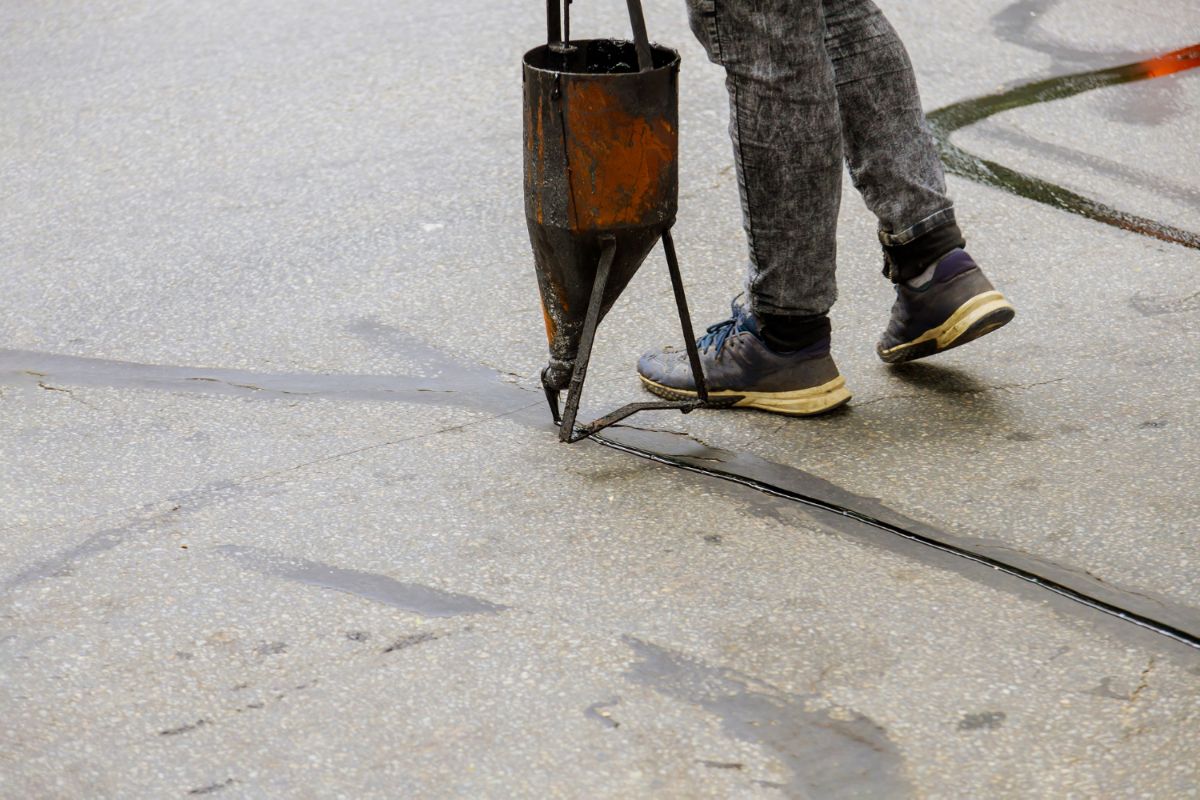
However, asphalt can become dehydrated and brittle over time due to weathering and additional environmental elements like UV rays. As a result, it forces the surface to splinter and crumble, making it a threat for anyone strolling or driving on it.
One method of protecting your asphalt and extending its life is sealcoating. Sealcoating is a procedure where a liquid sealant is spread on the asphalt surface. It is a barricade to the elements, keeping the structure looking new. While sealcoating is an excellent way to safeguard your asphalt, you must avoid a few things to maintain its longevity.
Our experts on asphalt paving in Orlando, FL offer these five sealcoating mistakes to sidestep:
We understand you're worried and want to guarantee the job is done perfectly. But fight the urge to go overboard with the sealer. Laying it too thick doesn't enhance or multiply its power to safeguard your asphalt. Instead, it can accomplish the opposite by provoking the sealant to crack and peel. In addition, it will leave your pavement helpless to water and other dangerous factors.
A pavement has nooks and gaps that collect moisture, dirt, and debris. If you don't take the time to empty these sites before spreading the sealant, you're basically trapping all of that rubbish under a coating of sealer. It will provoke your pavement to degrade faster. Not to mention, it also looks awful. You can sidestep this by employing a pressure washer to spray away all the debris. It will also assist in confirming that the sealer attaches appropriately to the structure.
You may be thinking, "sealcoating is a summer project." And while the bulk of asphalt jobs are suitable throughout the hotter months, that doesn't indicate you can't spread sealant in cooler temperatures. Ideal temps for using a sealer are between 60 and 90 degrees Fahrenheit. If it's too hot, the sealant will dry too fast and won't have time to attach to the surface correctly. Likewise, the sealant will be hard to work with if it's too chilly and may not stick perfectly.
Once the sealant has been spread, it's critical to give it time to cure appropriately. It can take anywhere from 24 to 48 hours, leaning on the temperature and humidity levels. If you attempt to use the structure too quickly, you risk harming the sealer and undoing all your labor. You might also track the sealant into your house or business, which is a huge mess to clean up.
Sealcoating is a big project, and using the appropriate tools for the job is essential. Otherwise, you threaten to harm your asphalt structure or not get the job done accurately. Without the right equipment, you may also squander a lot of sealant, which is costly.
Employing a professional contractor with the right equipment and background to sealcoat your residential drive or company's parking area is preferable. They have access to technical tools like a pressurized sprayer and know how to use them.
Our experts on asphalt paving in Orlando, FL, understand the significance of asphalt care and deliver quality sealcoating services. Call us today for a free quote.